Drought
Communities
Climate smart agriculture
Water is critical to every region’s productivity and prosperity. But a community that is dependent on irrigated agriculture is particularly vulnerable when water is scarce.
We are at ground zero for the worst effects of water reform. We’ve lost 48% of our population over the last 16 years, and 72% of our local agricultural jobs.
Roger Knight, Executive Officer, Western Murray Land Improvement Group
The Murray River Council oversees a region rich in natural beauty, from sweeping flood plains to magnificent stands of red gum forests. The region’s towns are enfolded within productive agricultural land and the mighty Murray River and its tributaries.
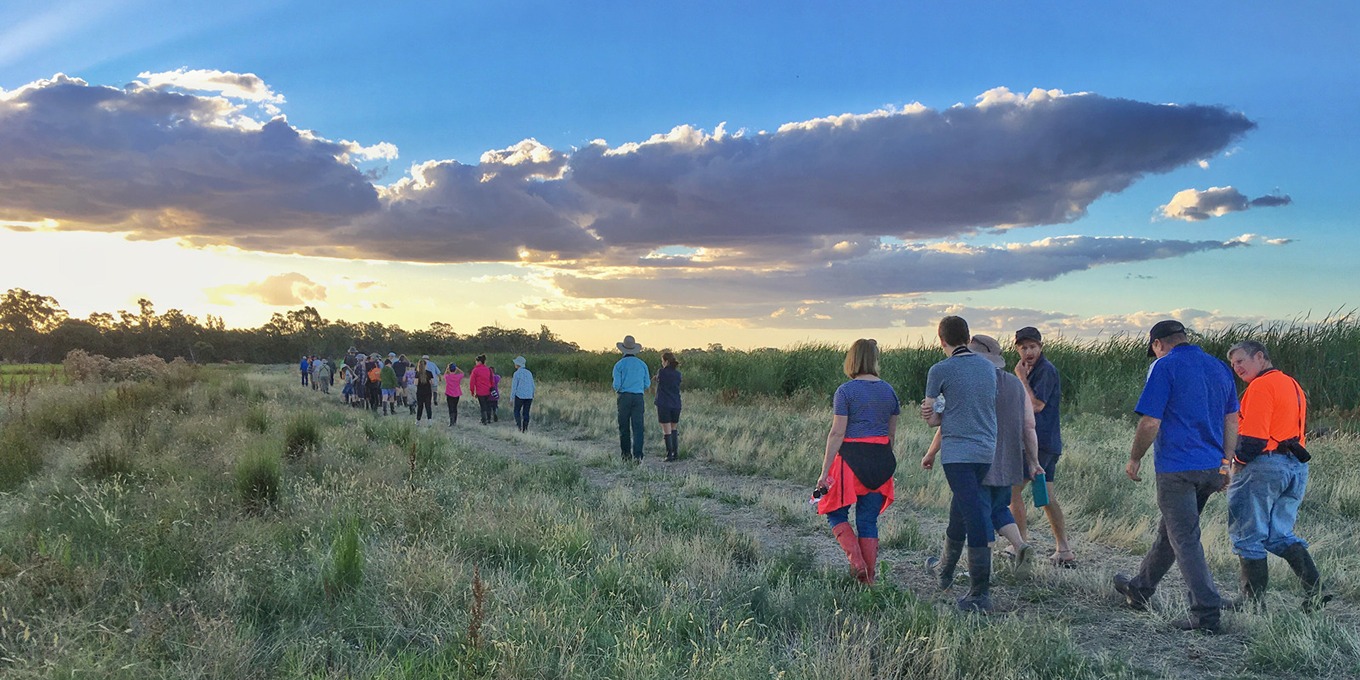
In recent years, this part of the Murray has recorded some of its lowest rainfall and warmest temperatures on record. At the same time, with the introduction of the Murray Darling Basin Plan in 2012, reduction in water availability has corresponded with a decrease in agricultural employment.
Farm employment fell by around 72% between 2001 and 2016. The Murray-Darling Basin Authority attributes water recovery to around 27% of this decline in employment.
According to the Australian Bureau of Statistics’ Socio-Economic Indexes for Areas (SEIFA), the community’s ‘wealth rating’ is now in the bottom 20% nationally.
Recent rains have eased the drought – for now. But drought poses a significant threat to livelihoods and liveability across the region in the years ahead.
Drought is just one of the risks identified in Murray River Council’s Adverse Event Plan. Many other high-risk hazards are more likely to occur as the climate changes, including bushfires, heatwaves, storms and agricultural disease.
Understanding the risks is one thing. But Murray River Council and its partner organisation Western Murray Land Improvement Group (WMLIG) are delivering “on-ground” projects that help their communities prepare for the next adverse event.
“Many of our members have lived in the region for several generations,” says WMLIG’s Environmental Markets Project Officer, Jacqueline McArthur. “They know their environment is changing, and how water availability and production are changing, and they are looking for ground-based solutions.”
The number and diversity of these “ground-based” projects is truly impressive.
We must look for incremental and transformational opportunities for our community. We must adapt.
Roger Knight, Executive Officer, Western Murray Land Improvement Group
Take the soil aerator trial at Restdown, a 1100-acre, certified organic beef farm and vineyard. Dry matter has been collected and soil tested on trial sites around the property to compare soil aeration treatments against untreated control areas. While the project is at its earliest stage – changes to the structure of soil takes time as litter decomposes, nutrient levels rise and the capacity for soil to hold moisture improves – Restdown’s owners Don and Joanne Hearn have already reported upticks in productivity and water infiltration across the property.
Then there’s a carbon accounting trial, which harnessed FarmLab’s agronomy and natural capital project management software to create a ‘digital twin’ of Peter and Wendy McDonald’s property ‘Glencoe’. A collaboration with Regen Farmers Mutual aims to “put more money back into the pockets of farmers” by helping them access carbon markets. And a workshop on the water market, with brokers and policy experts has helped the community better understand the current state of play, drivers influencing permanent and temporary water allocations, and strategies for securing water in the long-term.
Meanwhile, an organic waste trial is looking to use wood waste collected from the Koondrook-Perracoota State Forest, the second-largest red gum forest in Australia. WMLIG is exploring opportunities to use wood waste as a feedstock for biochar production – a form of residual black carbon – to enhance productivity and reduce methane emissions. WMLIG estimates that up to $102 million a year in economic benefits could be ahead.
There’s also an ambitious proposal for an agri-innovation precinct taking shape. WMLIG has developed the concept, outlining the contextual issues driving the proposal and the potential knowledge areas and activities to be investigated further.
These are just a handful of the dozens and dozens of projects – each with a case study outlining the process undertaken and the lessons learnt – available on WMLIG’s website.
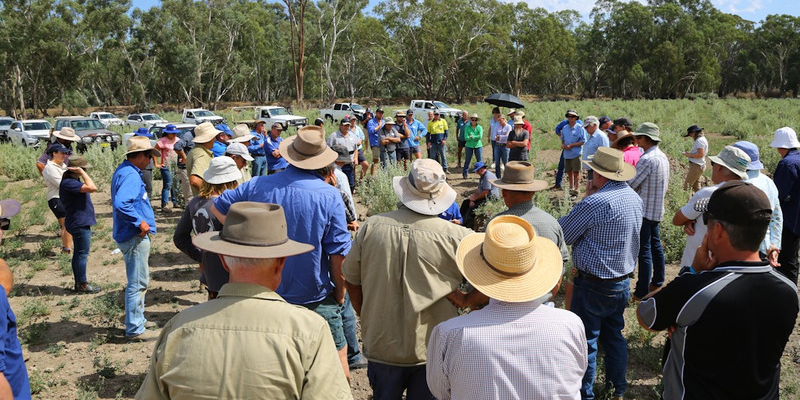
A resilient community is one which can survive, adapt and thrive, regardless of chronic stresses and acute shocks. The people of the Western Murray will continue to face chronic stresses – slow-moving impacts with long-term consequences, like droughts, water shortages and poor access to infrastructure – as well as acute shocks, like floods, bushfires, and heatwaves.
But with passion and persistence, Murray River Council and WMLIG are building an evidence base, expanding skills, strengthening networks and uncovering new opportunities to expand the region’s social capital.
“We are focused on projects that improve biodiversity and create new income streams – because that will buffer us against drought and commodity price cycles and help producers adapt to the structural changes associated with the water reform process,” Jacqueline adds.
We have solutions that help with structural change – but it’s the social capital we build that is gold. We have proof that adapting to a changing climate builds social capital.
Jacqueline McArthur, Environmental Markets Project Officer, Western Murray Land Improvement Group
This project was proudly funded by the NSW Government with support from Local Government NSW.
Case studies
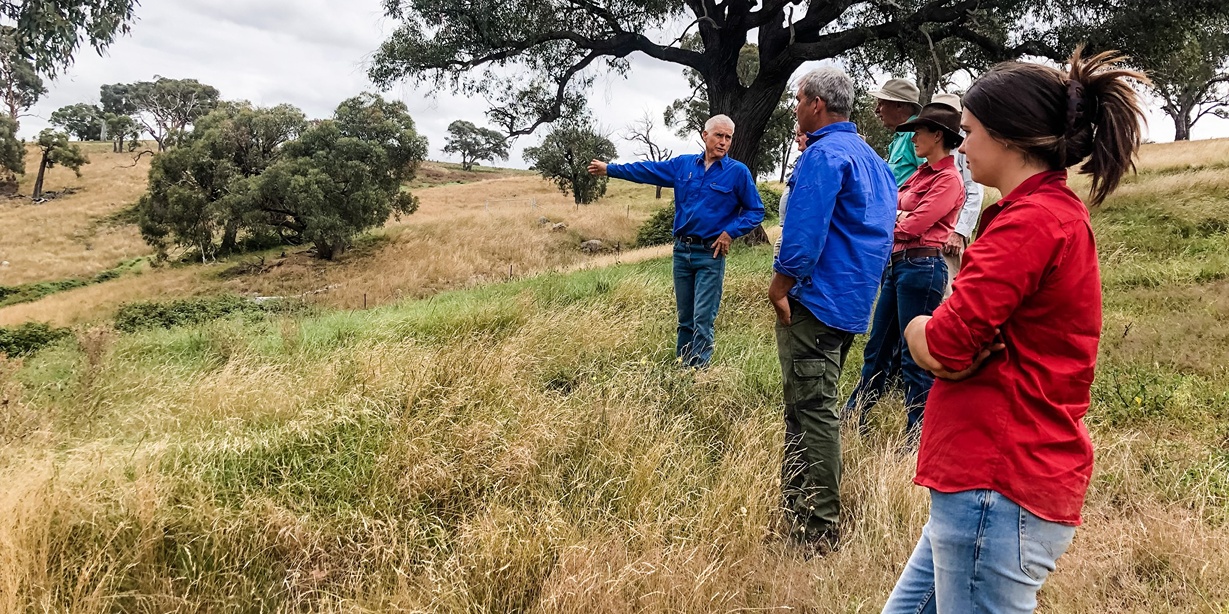
Bowning and Bookham Districts Landcare spent two years building strong networks so the community is ready for local climate changes including drought.
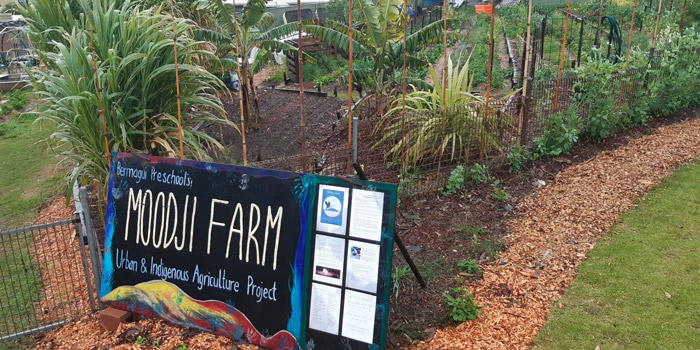
Learn how Moodji Farm brings intergenerational collaboration to address climate change, support Indigenous heritage and build social resilience in Bermagui.
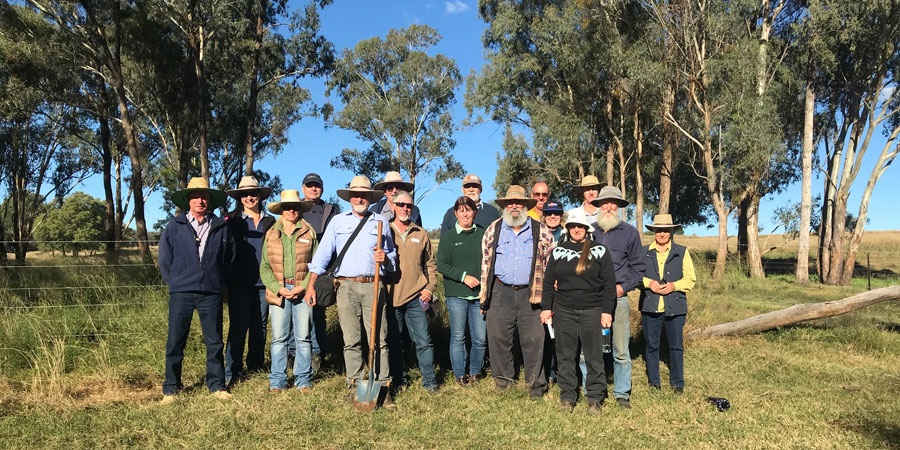
Climate stresses have prompted Landcare to rethink farming practices and how resilient and productive rural landscapes, economies and communities are possible.